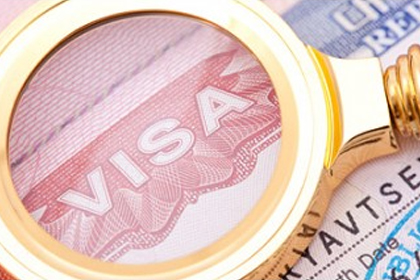Tips for getting a work visa by Suzy Miller
Many dancers around the world are attracted to employment opportunities in the American marketplace... until they encounter the task of securing a work visa. Challenging? You bet. But as our reporter Suzy Miller found out, it’s more than possible, especially if you’ve got the stamina for heavy-duty footwork.
Lead-in by Grover Dale
Suzy interviewed several prominent working dancers who “pulled it off.” Asking direct questions, she came away with answers that could put many dancers on the path to securing the documentation they will need. Read on, and please remember, Suzy does not represent herself as an expert in this matter, but is a good listener who pays attention to what she’s given and is always ready and eager to share the wealth. Here’s what she learned:
Click here to join today to access the Auditions Calendar and members-only content.
DISCLAIMER!
A4D is not responsible for any lawful or legal inaccuracies in the information provided. We have provided suggestions and urge you to view it as such. In putting it to use, we urge you to seek assistance from governmental agencies and appropriate immigration attorneys. In closing, we wish you the best of luck navigating the waters of securing your way into the American dance industry.

